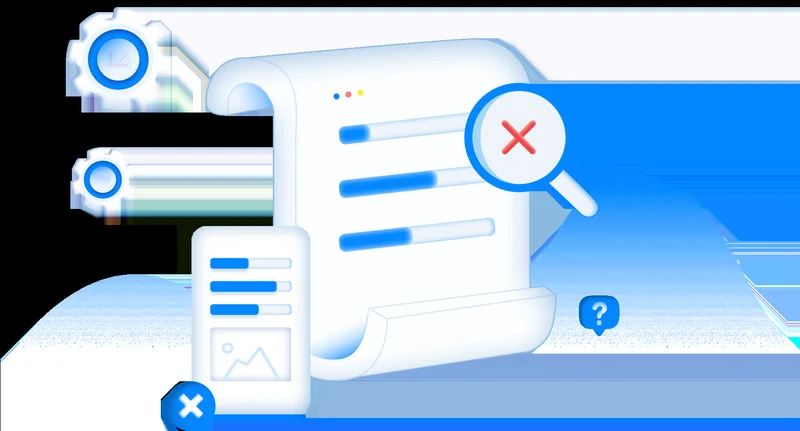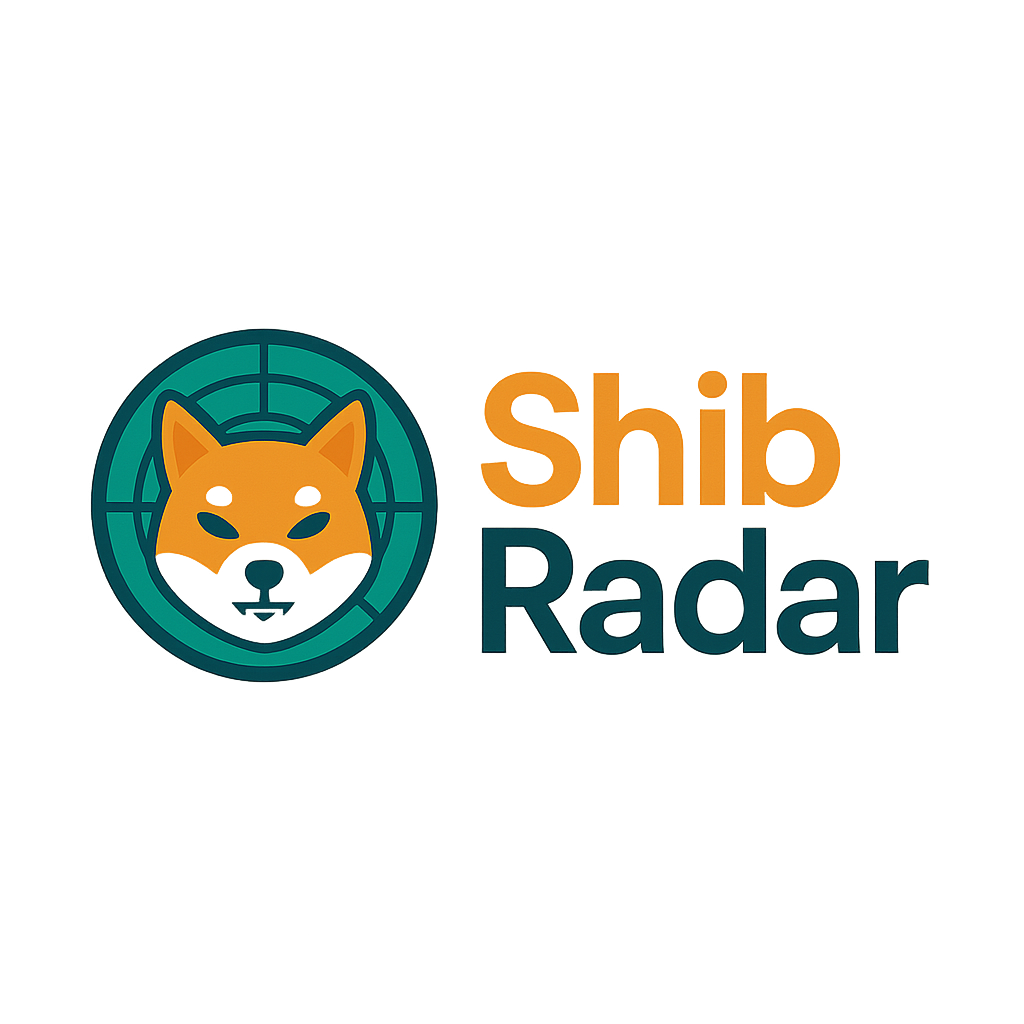ChainOpera AI's 4,000% Climb: Is This a Rocket Ship or a House of Cards?
The numbers surrounding ChainOpera AI are, to put it mildly, dizzying. A one-year price change of over 4,000%—to be more exact, 4086.69% according to Bitget's data (ChainOpera AI Price USD, COAI Price Live Charts, Market Cap & News - Bitget). A surge of more than 2,700% in just 14 days. At its peak, the COAI token touched nearly $45. These are the kinds of figures that create legends in the crypto space, the kind that fill Telegram channels with rocket ship emojis and spawn a thousand "I told you so" posts on Twitter.
But numbers, like any language, can be used to tell different stories. While the long-term chart paints a picture of a gravity-defying ascent, the last 24 hours tell a tale of turbulence. The price has fallen by more than 20%. The 24-hour trading range, a violent swing between $9.79 and $13.92, feels less like stable flight and more like a vehicle shuddering as it re-enters the atmosphere. You can almost feel the digital whiplash in the charts, a jagged EKG reading of a market caught between unadulterated greed and sudden, cold-footed fear.
The project itself, ChainOpera AI, promises a decentralized network for "collaborative intelligence," a buzz-worthy concept built on a Super AI app and an AI-native blockchain. It's a compelling narrative, perfectly timed for a market obsessed with the intersection of AI and crypto. The market capitalization is hovering around $2 billion (with a slight discrepancy between CoinGecko and Bitget's reporting), placing it firmly in the big leagues. But as the euphoria of the past few weeks begins to curdle, the real question isn't about the narrative. It's about the plumbing.
A Blaring Red Siren on the Blockchain
Beneath the surface of the price action, a far more important data point has emerged. A few days ago, the on-chain analysis firm Bubblemaps announced it was investigating ChainOpera. The preliminary suggestion is stark: a single entity may hold the majority of COAI profits.
Let that sink in.
This isn't a minor detail or a footnote for crypto-native sleuths. This is a potential structural flaw at the very core of the asset. And this is the part of the report that I find genuinely puzzling: the market seems to be treating this information as background noise rather than the existential threat it represents. If the Bubblemaps analysis is confirmed, the entire project's claim to decentralization is called into question.

Think of it like this: the market is admiring a stunning new skyscraper, captivated by its gleaming facade and record-breaking height. But Bubblemaps is the structural engineer who just ran a ground-penetrating radar and found that the entire foundation might be controlled by a single, anonymous entity that also owns the only set of keys to the building. The architecture is impressive, but the integrity is a complete unknown. That single entity could, in theory, decide to sell its holdings, and there wouldn't be a market deep enough to absorb the liquidity shock. The skyscraper would simply collapse into its own footprint.
This raises a few uncomfortable questions that the breathless price charts don't answer. If one wallet or a closely-linked cluster of wallets holds the lion's share of the profits, what does "community-operated AI" even mean? How much of the reported $100 million in 24-hour trading volume is organic, and how much could be wash trading designed to create a mirage of liquidity?
The Dangerous Disconnect Between Sentiment and Structure
What's fascinating from a data analysis perspective is the profound disconnect between this on-chain red flag and the observable public sentiment. On CoinGecko, community sentiment is still 67% bullish (ChainOpera AI Price: COAI Live Price Chart, Market Cap & News Today - CoinGecko). The token has been added to over 7,300 portfolios—a proxy for retail interest. On Bitget, the project has a respectable 4.4 out of 5 rating.
This is a classic market phenomenon. Retail sentiment is a lagging indicator, often driven by price momentum rather than fundamental analysis. Investors see a 4,000% gain and feel the pull of FOMO, the fear of missing out on the next big thing. They see a 20% dip as a "buy the dip" opportunity, not as a potential warning shot. The bullish sentiment isn't necessarily a measure of belief in the project's technology; it's a measure of belief that the number will continue to go up.
The technical indicators reflect this same state of confusion. The 4-hour chart screams "Sell," reacting to the immediate downward pressure. Yet the 1-day and 1-week charts are still flashing "Buy" and "Strong Buy," respectively, still hypnotized by the meteoric rise. The algorithms are just as conflicted as the humans, caught between a breathtaking past and a deeply uncertain present.
The story of the Chain Opera AI token, then, isn't just about AI or the BNB Chain ecosystem. It's a case study in risk perception. The market is pricing in the narrative—the sleek website, the AI buzzwords, the parabolic chart. But is it pricing in the risk of extreme ownership concentration? Based on the current valuation and the bullish sentiment, my analysis suggests it is not. Not even close.
The Gravity of Concentrated Risk
Ultimately, the story of COAI isn't about its potential as a technology, at least not right now. It's about a mathematical reality. An asset whose profits are heavily concentrated in the hands of a single entity is subject to that entity's whims. All the community governance, AI agents, and decentralized buzzwords in the world cannot alter that fundamental gravity. The eye-popping gains are real, but they were built on a foundation that is now being questioned. Until the question of ownership is definitively answered, buying into COAI isn't a bet on AI; it's a bet on the continued benevolence of an unknown, and potentially all-powerful, actor. And that's not an analysis; it's a prayer.


